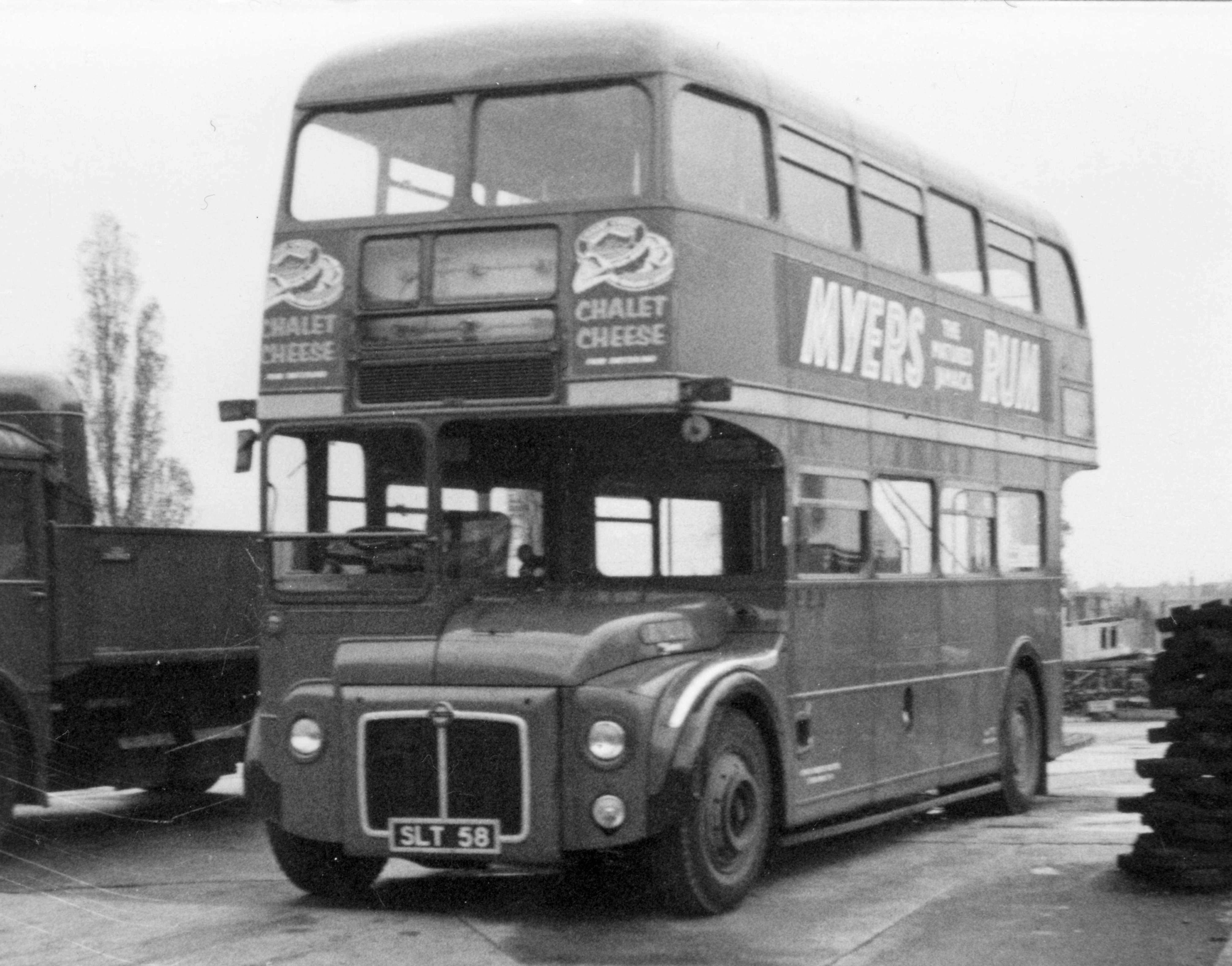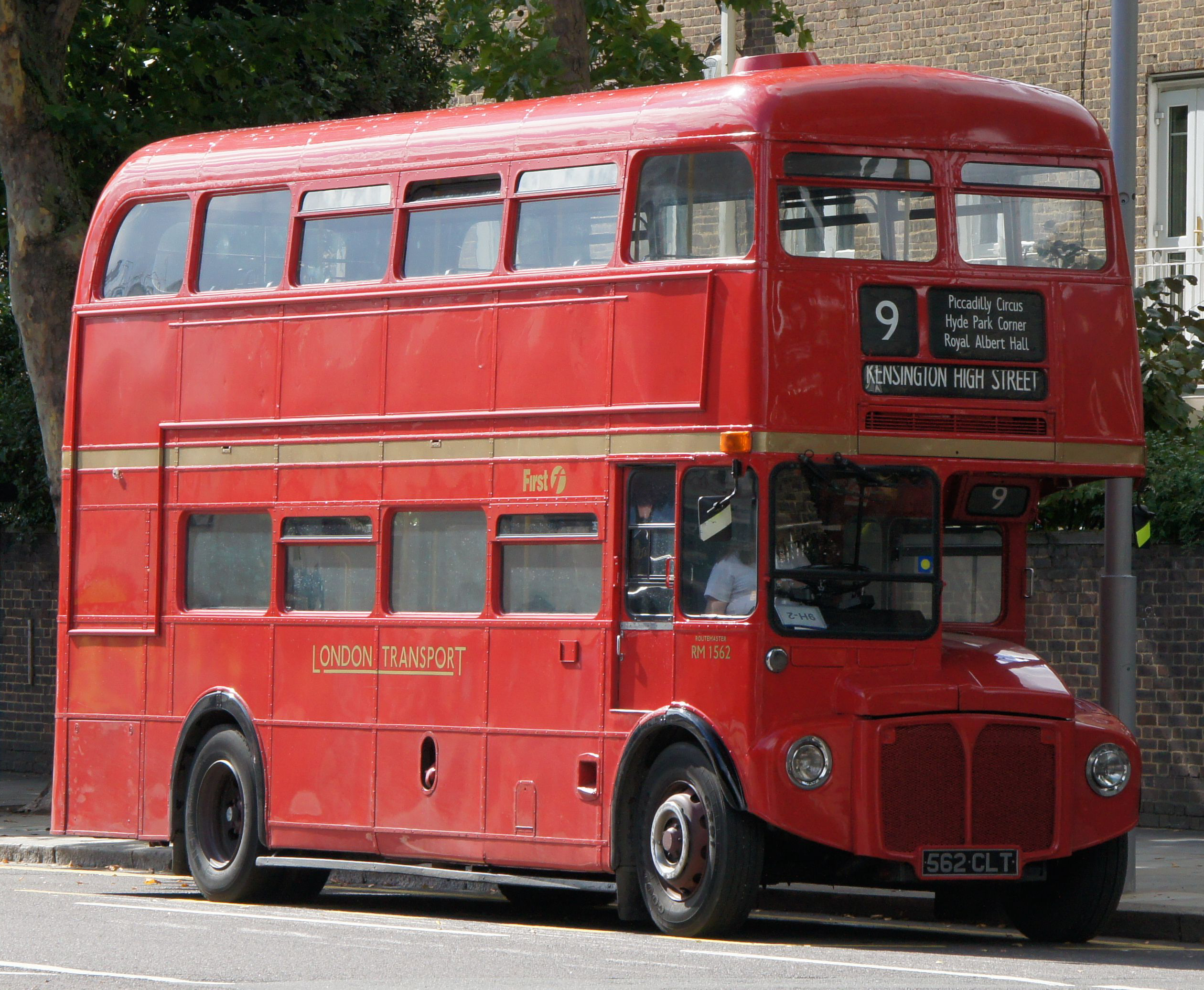London, a city steeped in history, boasts an equally rich history of its public transportation system. Among the many modes of transportation that have graced the streets of London over the years, none is more iconic and beloved than the London Routemaster bus. In this article, we will delve into the fascinating history of London buses, their evolution, and how the Routemaster became a favorite among tourists exploring the city's famous attractions, including the renowned Old Bailey.
The history of London buses dates back to the early 19th century when horse-drawn omnibuses began to ply the city's streets. These rudimentary vehicles had open sides and were often overcrowded. The need for a more organized and efficient transportation system became apparent as London's population continued to grow rapidly.
In 1829, George Shillibeer introduced the first regular omnibus service in London. These horse-drawn carriages were a significant improvement over their predecessors, providing more comfort and reliability. However, they were still far from the iconic red double-decker buses we associate with London today.
The real transformation in London's public transportation system occurred with the introduction of motor buses in the early 20th century. The first motor bus service in London began in 1902, and these vehicles quickly gained popularity due to their speed and convenience.
By the 1920s, London had a diverse fleet of buses, each operated by different companies. This led to confusion and inefficiency, prompting the London Passenger Transport Board (LPTB) to take over in 1933. The LPTB introduced a standardized design for buses, which eventually evolved into the iconic red double-decker buses we recognize today.

The Routemaster, introduced in 1954, is arguably the most famous and enduring symbol of London buses. Designed by Douglas Scott, this distinctive double-decker bus featured an open rear platform, allowing passengers to hop on and off at will. Its bright red livery, curved lines, and iconic front grill made it an instant hit.
The Routemaster was not only aesthetically pleasing but also practical. Its unique design allowed for quick boarding and disembarking, reducing stop times and improving overall efficiency. The Routemaster soon became synonymous with London's streets, capturing the imagination of both locals and tourists.
As London's popularity as a tourist destination grew, so did the Routemaster's appeal to visitors. Tourists saw the iconic bus as an essential part of their London experience, and they weren't wrong. Riding on the open platform at the back of a Routemaster offered a unique vantage point for sightseeing, and many tourists relished the opportunity to take in the city's landmarks from this elevated perch.

Several famous London attractions became must-visit spots for tourists traveling on Routemaster buses:
The Routemaster's popularity among tourists was further bolstered by its presence in popular culture. It featured in numerous films, TV shows, and postcards, solidifying its status as an iconic London symbol.
Although the Routemaster buses were officially retired from regular service in 2005, they continue to operate on heritage routes, preserving their legacy for future generations. The nostalgic charm of these buses continues to attract tourists and Londoners alike, providing a glimpse into the city's rich transportation history.
In conclusion, the history of London buses is intertwined with the growth and development of the city itself. From humble beginnings as horse-drawn carriages to the introduction of motor buses and the iconic Routemaster, London's public transportation system has come a long way. The Routemaster, with its unique design and cultural significance, remains a beloved symbol of London and a cherished memory for tourists exploring the city's famous attractions, including the historic Old Bailey.